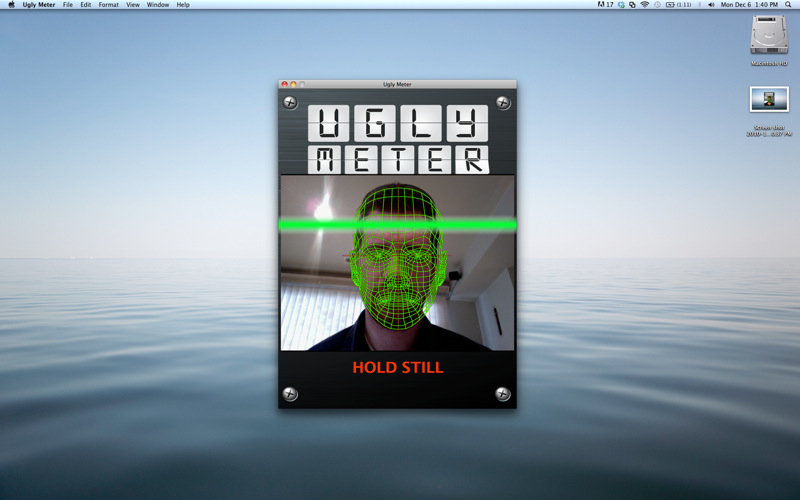

- INETMETER MAC HOW TO
- INETMETER MAC INSTALL
- INETMETER MAC FULL
- INETMETER MAC PASSWORD
- INETMETER MAC DOWNLOAD
Open Finder and click Download in the sidebar.It’s a good idea to regularly clear the folder out. If you've been using your Mac for a while, the Downloads folder can get pretty large and pile up on your System Data.

The Downloads folder is where your Mac stores downloaded files. Find the backups you don't want and drag it to the Trash.Paste ~/Library/Application Support/MobileSync/Backup/ into the search box and press Return.Press Shift + Command + G on desktop to open the Go to Folder window.If you are inconvenient to link your iPhone to your computer, you can also manually search and delete iOS backups. Select the backups you do not need and delete them.Click the Manage Backups button in the right column.Open Finder and click your iPhone in the sidebar.If you have multiple iOS backups on your Mac, it is recommended that you delete those old backups to free up disk space. IOS backups are also part of "System Data". Repeat step 3 if you want to delete any or all snapshots.ĭon't delete your Time Machine local snapshots if you think you might need them one day. (Note: "xxxxxxx" stands for the date of the backup you want to remove.) e.g.
INETMETER MAC PASSWORD
To delete a backup, type this command into the Terminal: tmutil deletelocalsnapshots "xxxxxxx", enter the password for the user account if asked, and press Return. Type in: tmutil listlocalsnapshotdates, press the Return key on your keyboard, and you'll find a list of backups sorted by date. Open Terminal via Spotlight or Launchpad. Why wait until the storage is running out before cleaning them up? You can clean them manually.
INETMETER MAC INSTALL
INETMETER MAC HOW TO
How to clear log files on Mac automatically:

Download, install, and launch BuhoCleaner on your Mac.How to use BuhoCleaner to delete cache files on Mac: With BuhoCleaner, it takes just a couple of clicks to get all that done. Move unwanted files in these cache folders to the Trash.Īlternatively, you can use BuhoCleaner to clear out all those cache files.Paste the following file paths into the search box and click the Return key.Click the Go menu in Finder and select Go to Folder.To reclaim more space for your Mac, you can delete unneeded cache files manually. The system and applications you run on your Mac will create cache files in the Library Folder. Simply follow the recommendations to optimize your storage. Just click the Manage button above the storage bar. MacOS Sierra and later come with a feature to optimize Mac storage.
INETMETER MAC FULL
How to Clear System Data Storage on MacĪlthough, we don't have full control over the System Data storage, there are a few things we can do to reduce its size. Since some of the files mentioned above are not necessary, you can delete them to lessen their impact on your storage. The size of System Data varies depending on the state of your Mac. System Data contains files that do not fall into categories such as Documents, Apps, iCloud Drive, Photos, Other Users, etc. So what exactly is it? What is System Data Storage on a Mac? In this case, the System Data is 92.4GB and is taking up the largest part of my storage space.


 0 kommentar(er)
0 kommentar(er)
